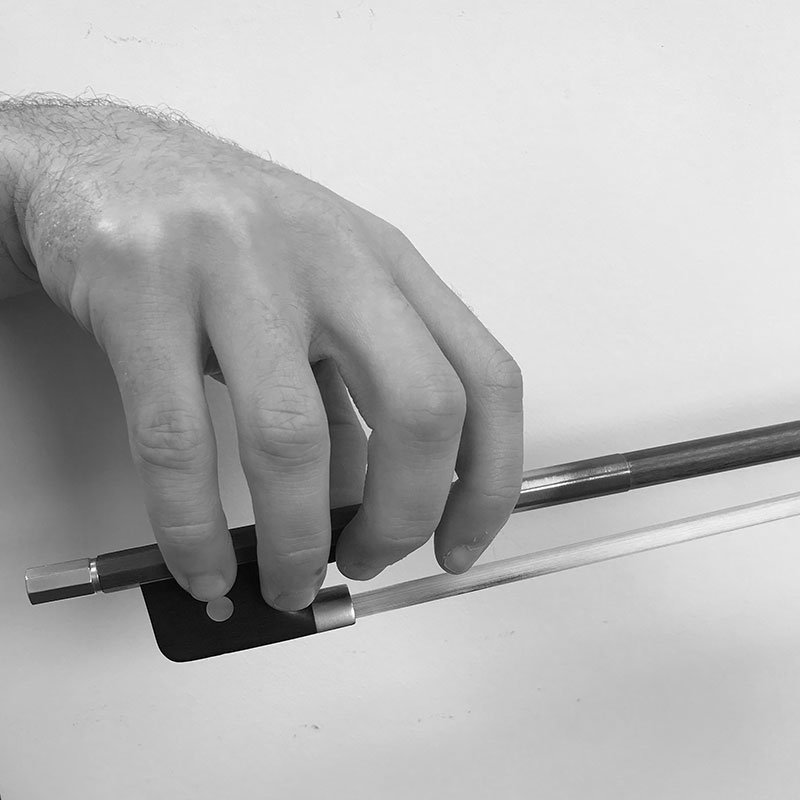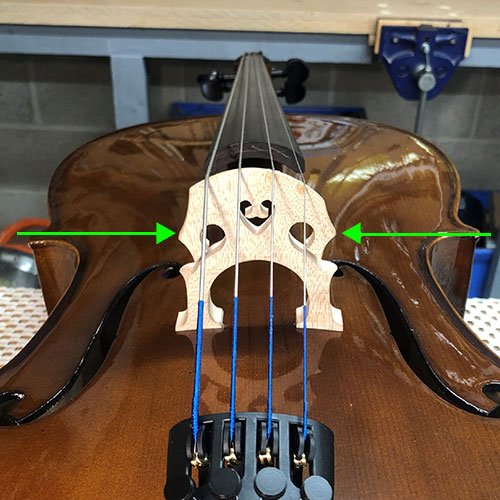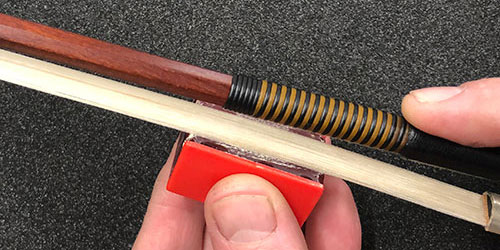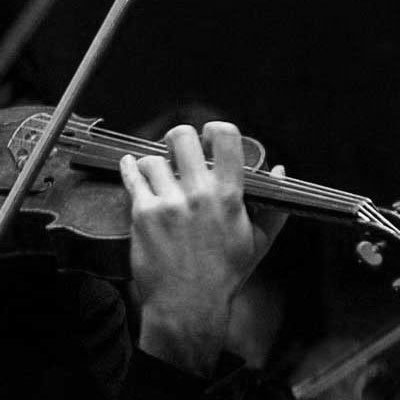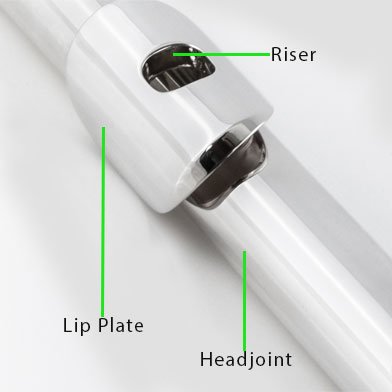Your Cello - Getting Started
Welcome to Musical Instrument Hire. Our instruments are very rarely damaged in transit, but a quick inspection of the cello and its accessories is worthwhile. Any major damage is easy to spot. Please inform us, as soon as possible, if this should be so. We strongly recommend that you work through the following steps before playing the cello.
Parts of the cello
It is worth familiarising yourself with the different parts of the cello. It helps when you are taking your first steps into cello playing and using written, or visual guides.
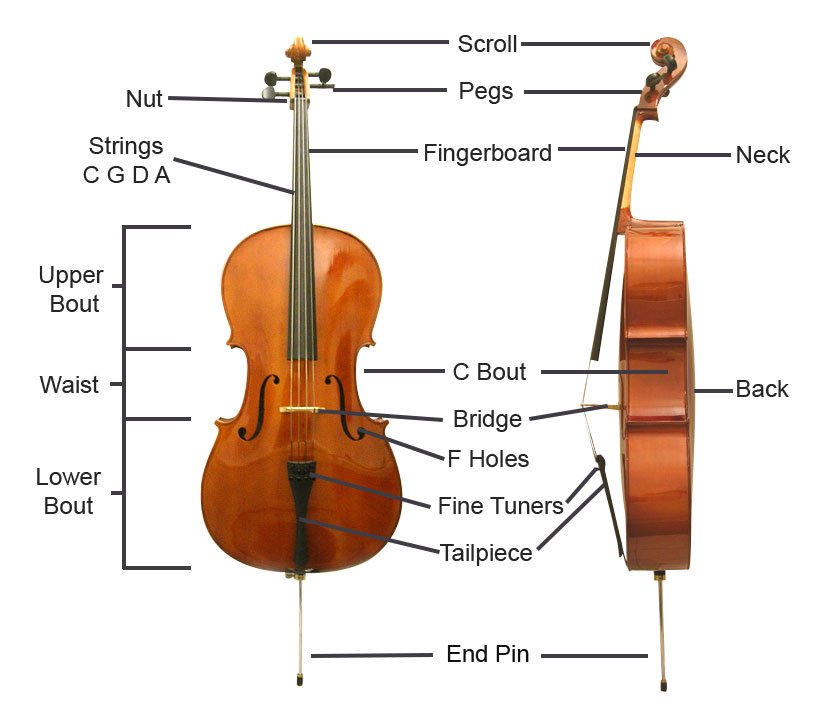
Bridge Angle
Secondly, check the angle of the bridge. When looking across the body of the cello, the bridge should sit upright at a perfect 90-degree angle to the body.
Holding the bridge with both hands, between your finger and thumb and near the top of the bridge under the strings, gently rock the bride back to the upright position.
Bow Hair Tension
The bow is never tensioned during storage. Therefore, on arrival the bow hair appears a little slack and will need tension applied in order for it to function correctly.
To increase tension, simply turn the screw clockwise until you can fit either a pencil or fourth (little) finger snuggly between the bow hair and bow stick. Should you over tighten the bow a larger gap between the two will be seen. Once tensioned the bow stick should always be slightly curved.
Cello Bow Rosin
Rosin has already been applied to the bow ready for use but will require further applications every so often. Once or twice a week should be sufficient. Over time the existing rosin will be slowly removed and without this the bow will not create any sound. To re-apply, firmly rub the rosin along the entire length of the bow hair. Only a thin layer of rosin is necessary, too much will damage the hair, wear out the strings and become sticky. A bow should not need to be cleaned at all, but in the event of it becoming sticky from too much rosin, it will need to be cleaned by a technician. It is not recommended that you try this yourself!
Any loose hair coming off the bow, as does a thread on clothing, can be gently pulled away from the end. A bow whose hair falls out frequently without encouragement will need repairing.
All bows are fragile and should be treated with care. They must never be used for any other purpose.
Tuning Your Cello
How the cello is tuned
Prior to leaving our workshop, the cello was correctly tuned. However the tuning may have changed slightly during transit. It may well still be correctly tuned, but could possibly be slightly flat. Only minimal adjustments may be required.
Ideally, a music teacher will do this for you but you may wish to purchase an Electronic Tuner or Download an app (purchased/free) for this purpose. Either method should provide instructions.
A cello which is severely out of tune requires the attention of a professional.
The basics of tuning a cello
The string(s) of a cello which is out of tune will either be sharp or flat. Sharp meaning higher than it should be and flat meaning lower. As a string is tightened the note becomes sharper/higher. Similarly, on loosening the string the note becomes flatter/lower.
There are two ways in which to tune a cello. Either by adjusting the fine tuners situated at the bottom of the tailpiece or turning the pegs at the top.
Need more detail? We have a full article on tuning your cello here.
Holding the bow
It is essential to hold the bow correctly from the outset as bad habits are easily formed and will certainly need to be corrected at a later date.
The basic bow hold can be achieved by pretending to hold a water bottle and slowly pouring it out. Notice the hand position; this is the correct position! Now hold the water bottle on its side and if the fingers are together then separate them slightly, ensuring that there is a small space between them, whilst keeping the thumb bent.
Do not hold too tightly. A loop should be visible between the thumb and middle finger. The little finger rests on the bow and can be lightly tapped up and down to demonstrate that it is not being used to grip with. During play the little finger remains on the bow as per the picture.
As play commences all fingers on the bow should feel relaxed to prevent the fingers from aching. It is important for a child to learn to hold the bow correctly. Limiting the time they spend holding the actual bow is helpful. They can practice the technique more frequently with a pencil.
